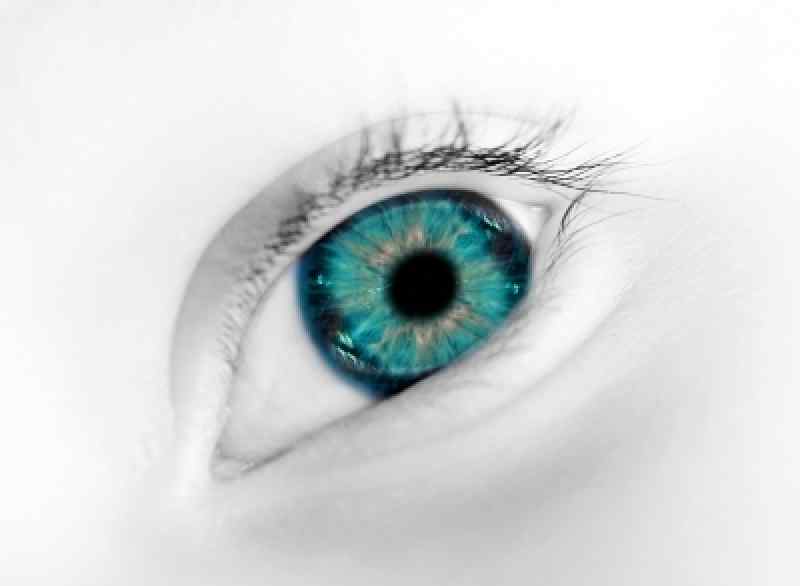Submitted by administrator on
In the United States medical staff are researching the use of remote screening to detect retinopathy of prematurity.
In a study that has been funded by the National Institutes of Health, screening centres off site are being sent fundus images to detect retinopathy of prematurity. The study has been set up to measure how accurate a telemedicine approach is when compared with a direct examination onsite by an ophthalmologist.
The study recorded that remote screeners were correctly identifying nine out of ten ophthalmic referrals proving that the approach is a valid way to attack the screening of as many infants as possible which would immediately reduce the numbers of children that lose their sight from the condition.
Staff were trained in the screening process at the Philadelphia Children's Hospital and in total 1257 premature babies were examined by ophthalmologists to assess which of them required referral for treatment of Retinopathy of Prematurity. The babies' retinas were also photographed by nurses and the images uploaded and sent to a remote imaging centre in the University of Oklahoma.
Only three cases were missed, with the remote image readers correctly identifying 98% of infants needing referral or treatment.

